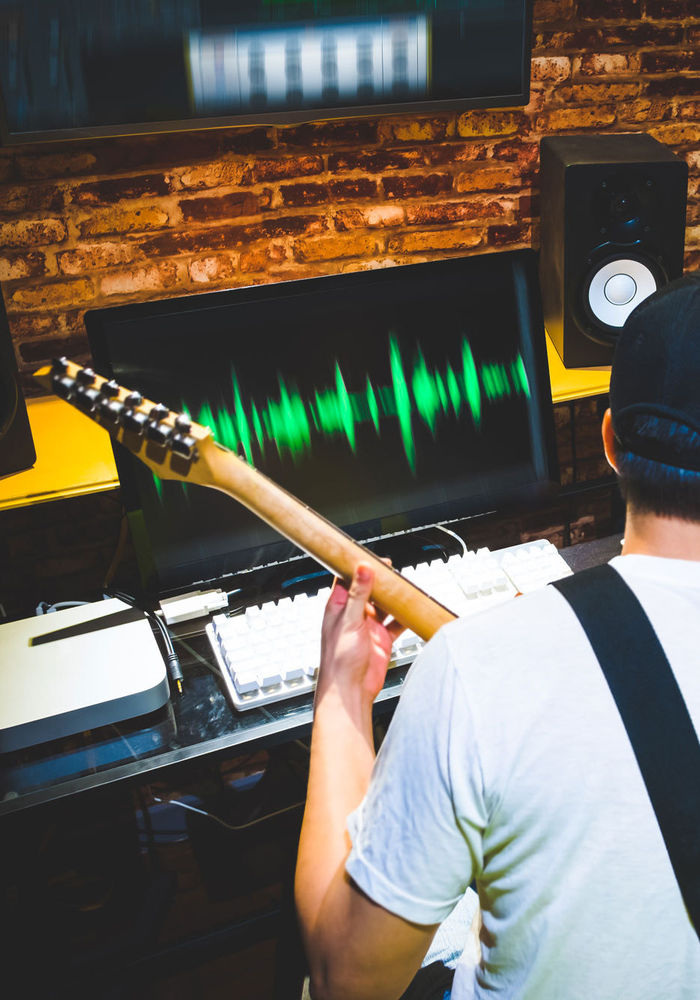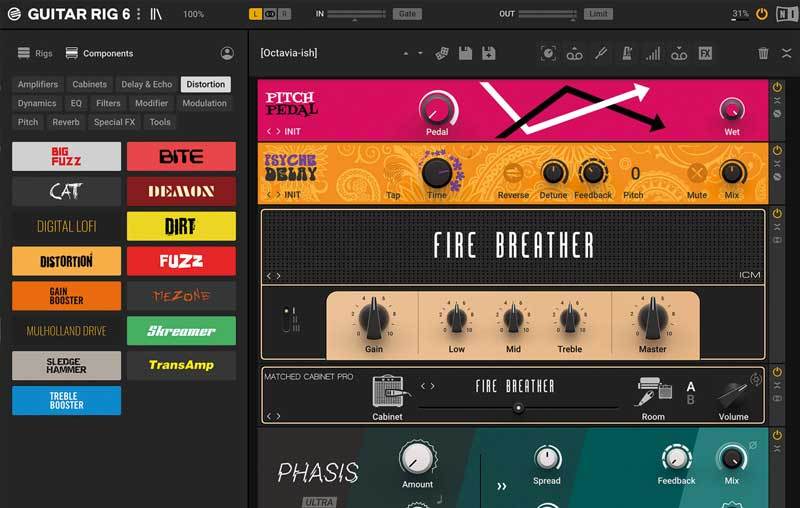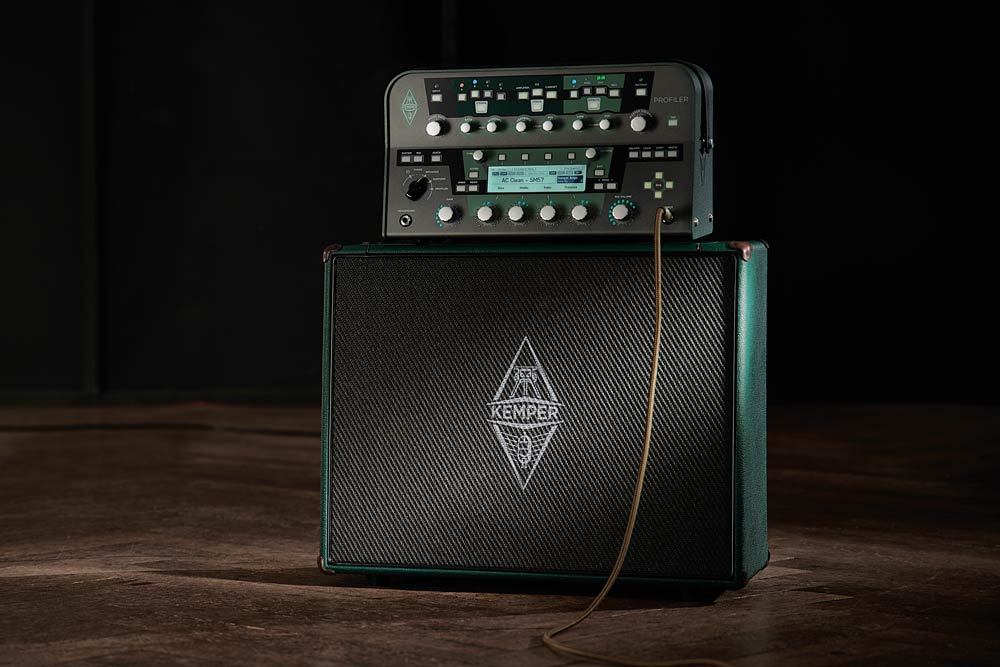Aside from the perfect guitar, a great-sounding amp is arguably the most essential factor in determining your guitar tone. That said, professional-level combo and stack amps are notoriously expensive, heavy and prone to damage.
Is there a way to overcome these issues? Digital emulations have come a long way in recent years, but are they good enough to justify ditching the physical rig, and going for an all-digital setup?
Can a virtual amp really deliver the tone of a sweet-sounding Fender or a heavy-hitting Marshall stack? Will anyone notice the difference? What virtual amps, if any, sound the most convincing?
In the world of recording guitars or performing live, we can all agree that tone is king. In the article below, we'll help you see the wood from the trees so you can start developing your sonic signature as a guitar player or producer.
The Key Players
On the one hand, we have the classic amplifier brands, such as Marshall, Orange, Vox and Fender whose unmistakable sound has come to define the sound of electric guitar and bass from the mid-twentieth century to the modern-day.
On the other hand, we now have countless plugins and amplifier profilers/modellers that seek to deliver the sound of classic and modern amplifiers with the convenience of digital processing.
Plugins, which can be used in a digital audio workstation (DAW for short), have come a long way over the past ten years with key players, such as Waves and Native Instruments, hard at work creating tools to use in Logic, Pro Tools or Ableton Live.
Throughout this article, we will refer to these plugins as simulators. Then, continuing in the digital realm, companies such as Kemper and Fractal manufacture hardware modellers. These rigs are incredibly popular with touring musicians who require a portable alternative with incredible flexibility.
Real amps, simulators or modellers? Let's take a closer look at each before we compare.






